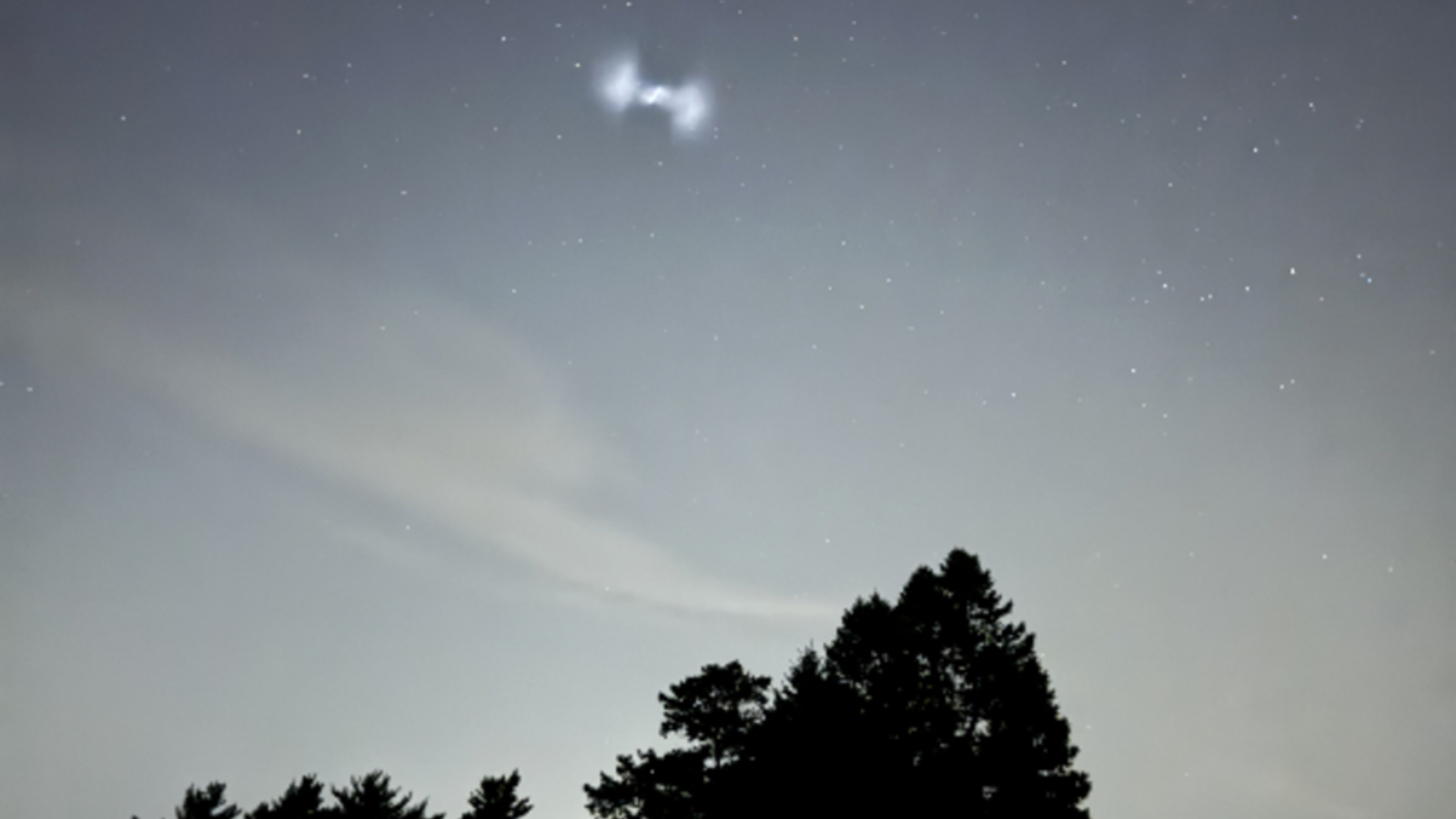Shocking Secrets of Antarctica: 332 Hidden Submarine Canyons Unveiled!

Have you ever wondered what lurks beneath the icy expanse of Antarctica? Recent discoveries reveal a staggering network of 332 submarine canyons hidden beneath this frozen wilderness, dramatically reshaping our understanding of underwater landscapes!
Antarctica, often portrayed as the last great wilderness, holds secrets beneath its thick ice that could impact our planet in significant ways. As the planet warms and ice shelves melt, the channels beneath these icy blankets are proving to be critical players in weather patterns, sea levels, and the stability of massive ice sheets. Thanks to sophisticated mapping technology, researchers are venturing deeper into this remote terrain than ever before.
A groundbreaking study published in Marine Geology has unveiled this extensive network of submarine valleys—five times more than scientists had previously documented. Using high-resolution bathymetric maps from the International Bathymetric Chart of the Southern Ocean (IBCSO v2), scientists have revealed unexpected depths and shapes of these hidden valleys, changing everything we thought we knew about them.
But what exactly are submarine valleys? Also known as submarine canyons, these are deep, steep-sided valleys that have been carved into the ocean floor, most commonly found near continental shelves. They are formed through powerful underwater currents, glaciers, and sediment flows. Unlike mere ditches, some canyons can plunge as deep as 4,000 meters, creating vital pathways for nutrient transport that support marine ecosystems and play a crucial role in ocean circulation.
David Amblàs, a researcher from the University of Barcelona, shared insights with ScienDaily, noting that some of the submarine canyons in East Antarctica reach remarkable depths. He elaborated on the dynamic and complex systems in this region, where multiple channels converge into a single deep passage that steeply drops, shaping the underwater environment.
In stark contrast, West Antarctica’s canyons are shorter and steeper, featuring V-shaped cross-sections, while the broader U-shaped formations in the East suggest a longer history of glacial sculpting. These canyons are not merely geological anomalies; they are active participants in the ecosystem, influencing sediment flow, nutrient distribution, and water movement between the coast and deep ocean. They are critical in channeling warm water towards ice shelves, contributing to their melting, and guiding cold water back into the depths, thereby affecting huge climate systems like the Antarctic Bottom Water formation.
Interestingly, despite these astonishing discoveries, only about 27% of the Earth’s seafloor has been mapped in high resolution. This suggests that the true number of submarine canyons, particularly in remote areas, could soar into the tens of thousands. As exploration continues, who knows what other incredible secrets await beneath the waves?
























